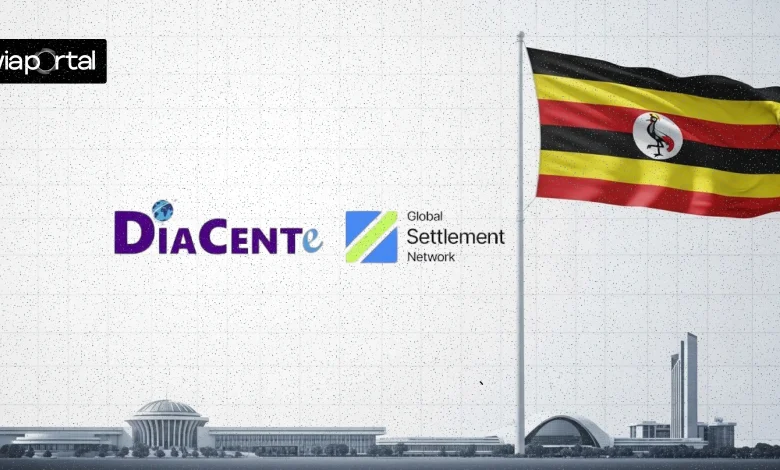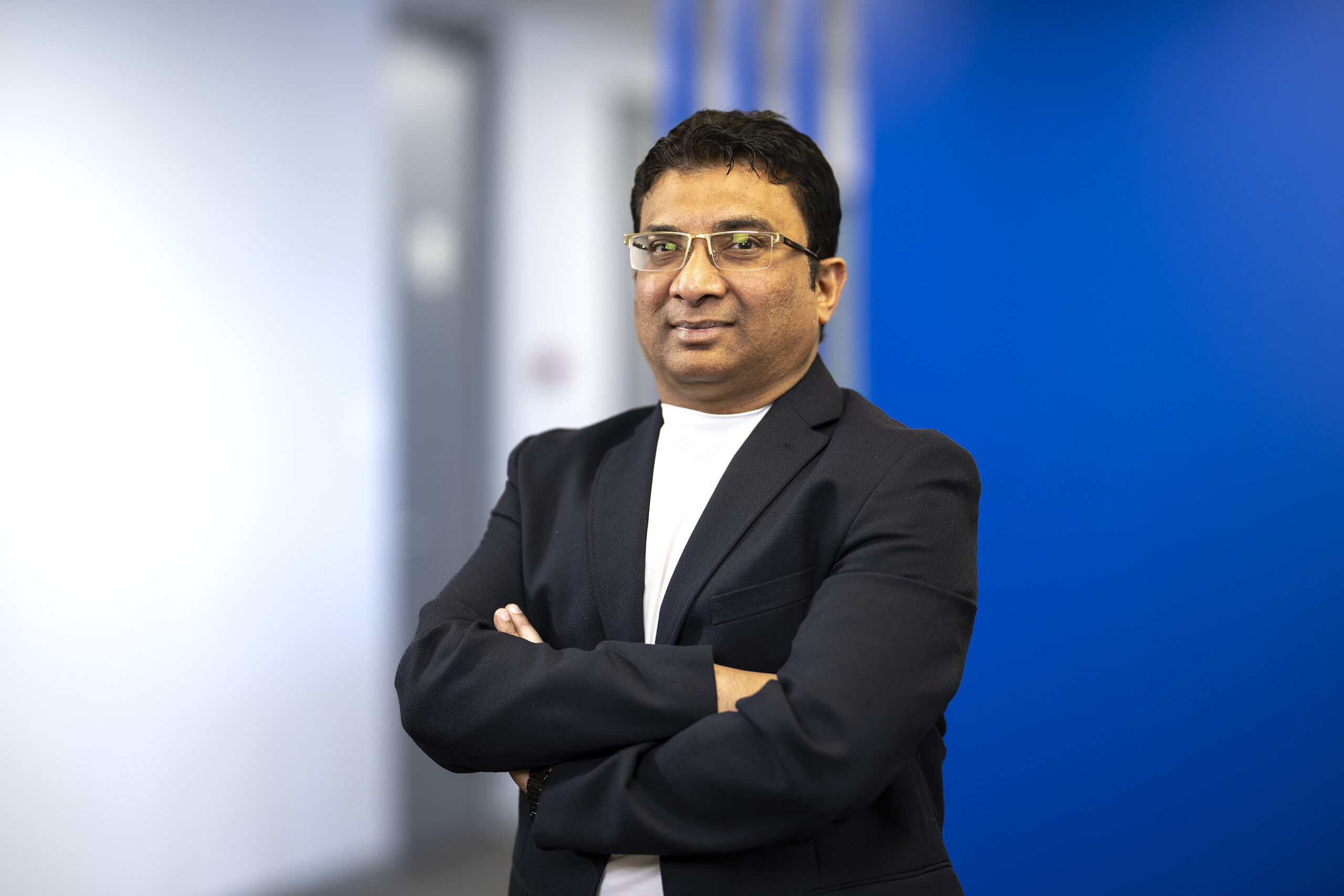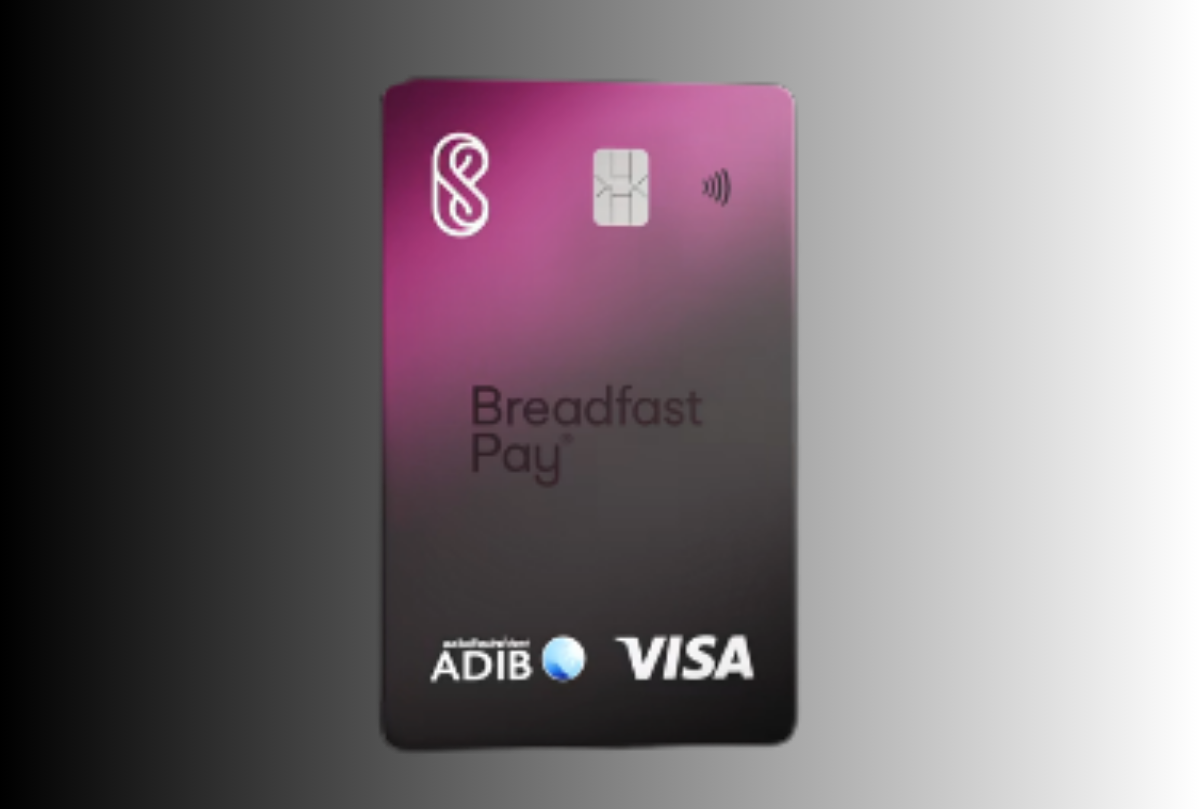The convergence of blockchain and infrastructure finance just found its African frontier. The Global Settlement Network (GSN) and Diacente Group are spearheading a $5.5 billion tokenisation project, turning tangible assets into digital investment opportunities that could redefine capital access across the continent.
Announced in early October 2025, this initiative kicks off in Uganda, positioning the East African nation as a pioneer in blending blockchain technology with sovereign financial systems.
As the world struggles with fragmented economies and sluggish infrastructure development, could Uganda’s bold experiment set a new standard for how nations harness digital assets to fuel growth, inclusion, and sustainability?
The Partnership: Unlocking Africa’s Hidden Value
At its core, the GSN-Diacente alliance is about bringing tangible, brick-and-mortar assets into the digital realm.
We’re talking about a diversified portfolio spanning food production, mineral extraction, renewable energy projects, and cross-border trade infrastructure, all within Diacente’s ambitious Greater Integrated Sustainable Economic Zone (GISEZ) in Uganda.
This isn’t just digitisation for digitisation’s sake; it’s a strategic play to create Africa’s largest on-chain economy, injecting liquidity into sectors that have long been starved of efficient capital flows.
GSN, a blockchain infrastructure provider focused on enabling seamless global settlements, brings its expertise in secure, scalable tokenisation platforms.
Diacente Group, a Ugandan powerhouse in sustainable development, contributes the real-world assets: think agro-processing hubs that boost local farming yields, mining operations rich in critical minerals, solar farms powering remote communities, and trade corridors facilitating intra-African commerce.
By October 2025, the partnership had already laid the groundwork for this $5.5 billion ecosystem, with initial pilots set to roll out imminently.
What makes this stand out? In a continent where infrastructure gaps cost Africa up to 2% of GDP annually, tokenisation democratises access.
Investors from local farmers to international funds can now buy fractional ownership in these assets via blockchain tokens, traded on transparent ledgers.
This isn’t hype; it’s a verifiable shift toward efficiency, with early projections suggesting up to 30% reductions in transaction costs and faster capital deployment.
Key Pillars of the Initiative
The blueprint for success here rests on three interconnected pillars, each designed to integrate blockchain into Uganda’s national fabric without disrupting it.
1. Tokenisation for Transparency and Scalability
Imagine converting a solar plant or a mineral mine into digital tokens that anyone with a smartphone can invest in.
That’s the promise of this platform: an integrated digital ecosystem where physical assets are digitised, tracked, and traded with unalterable transparency.
It tackles longstanding issues like opaque land titles and inefficient supply chains, enabling scalable participation from smallholder farmers to multinational corporations.
Early implementations in GISEZ are already testing this, with tokenised bonds and equity slices unlocking immediate liquidity for reinvestment.
2. CBDC Pilot: A Treasury-Backed Digital Shilling
Uganda’s central bank is no stranger to innovation, as it’s been exploring digital currencies since 2021.
Now, this partnership accelerates that vision with a pilot for a Central Bank Digital Currency (CBDC) backed by Ugandan treasury bonds.
Dubbed a “mobile-first” solution, it aims to onboard the unbanked, who make up over 40% of Uganda’s population, into a seamless financial system.
Citizens and businesses can use it for everyday transactions, cross-border payments, and even staking in tokenised infrastructure projects, all while maintaining sovereign oversight.
This isn’t just about convenience; it’s a defence against inflation and a gateway to inclusive growth, with pilots scheduled for Q4 2025.
READ ALSO:Why Global Exchanges Are Watching Kenya’s VASP Bill Closely
3. Sovereign-First Model: Blockchain Meets National Priorities
Forget top-down impositions; this is a “sovereign-first” approach, where blockchain enhances rather than replaces national frameworks.
Uganda’s government is actively involved, ensuring compliance with local laws while encouraging cross-border investment.
The model prioritises value creation through economic inclusion (e.g., micro-investments for women-led cooperatives) and sustainability (e.g., carbon credits from renewable assets).
It’s a blueprint for how emerging markets can leapfrog traditional finance, blending decentralised tech with centralised stability.
Why Uganda? And Can It Lead the World?
Uganda’s selection as ground zero isn’t accidental. With its youthful population (over 70% under 30), growing tech scene in Kampala, and strategic location in the East African Community, the country is primed for digital disruption.
The GISEZ, Diacente’s flagship project, already hosts integrated hubs that could serve as a testing ground for tokenised economies across the continent. Success here could ripple outward, inspiring neighbours like Kenya and Rwanda to follow suit.
But leading the world? Absolutely possible. While powerhouses like the UAE and Singapore experiment with tokenised real estate, Uganda’s model uniquely ties digital assets to sovereign CBDCs and grassroots inclusion.
In a post-2025 landscape where geopolitical tensions and climate risks demand resilient economies, this could redefine “sovereign-backed digital economies.”
By prioritising transparency and local empowerment, Uganda avoids the dangers of crypto volatility, offering a replicable template for the Global South.
If the pilots deliver on liquidity and adoption metrics expected to hit 1 million users in year one, it might just eclipse Western pilots in scale and impact.
The Road Ahead: Opportunities and Watchpoints
As of October 22, 2025, momentum is building. Regulatory nods from Uganda’s central bank are in place, and GSN’s platform is undergoing final stress tests.
This isn’t just Uganda’s story; it’s Africa’s clarion call. By tokenising its future, the Pearl of Africa is showing how innovation rooted in sovereignty can unlock prosperity for all. Will the world take notes? History suggests it should.
What do you think? Could tokenised infrastructure be the key to Africa’s economic renaissance? Share your thoughts below.
Asset Tokenisation: Transforming Real-World Assets Through Blockchain
Asset tokenisation is transforming global finance by converting real-world assets like real estate, stocks, or commodities into digital tokens on the blockchain.
Using an asset tokenisation platform, investors can buy, sell, or trade fractions of assets, increasing liquidity and accessibility.
Built on asset tokenization blockchain technology, this innovation ensures transparency, security, and traceability of ownership.
Several asset tokenisation companies are leading the charge in making digital assets mainstream, offering tools that simplify compliance and investment.
From asset tokenisation crypto initiatives to real-world use cases, the benefits include lower transaction costs, faster settlements, and democratised access to investment opportunities.
For those researching further, detailed insights are available in asset tokenisation PDF reports and case studies. A common asset tokenisation example is turning a property worth $1 million into 1,000 digital tokens, allowing investors to own fractional shares.
Stay updated with the latest asset tokenisation news to follow how this technology continues to reshape global markets.
Ronnie Paul is a seasoned writer and analyst with a prolific portfolio of over 1,000 published articles, specialising in fintech, cryptocurrency, and digital finance at Africa Digest News.





Leave a Reply